Overview of Bioactive Compounds in Herbs and Their Anti-Diabetic Properties
Kato Jumba K.
Faculty of Science and Technology Kampala International University Uganda
ABSTRACT
Diabetes mellitus (DM) is a chronic metabolic disorder characterized by persistent hyperglycemia, resulting from defects in insulin secretion, action, or both. The global rise in diabetes prevalence has led to an increasing demand for alternative and complementary treatment options, as conventional therapies often have limitations, including side effects and long-term sustainability issues. Herbal medicine, with its rich history of usage across various traditional healing systems, has gained significant attention as a promising therapeutic approach for managing diabetes. Numerous herbs contain bioactive compounds that demonstrate anti-diabetic properties, offering a natural alternative to pharmaceutical interventions. These bioactive compounds function through various mechanisms, such as improving insulin sensitivity, promoting insulin secretion from pancreatic beta cells, and reducing hepatic glucose production. Additionally, certain herbs possess antioxidant and anti-inflammatory properties, which help protect against the oxidative stress and inflammation associated with diabetic complications, including neuropathy, nephropathy, and retinopathy. Moreover, some herbs regulate the absorption of glucose from the gastrointestinal tract, thereby reducing postprandial blood glucose spikes. This review aims to explore the diverse range of bioactive compounds found in herbs, highlight their anti-diabetic effects, and discuss their potential therapeutic value in diabetes management, providing a more comprehensive understanding of their role in modern diabetes care.
Keywords: Diabetes mellitus, Bioactive compounds, Herbal medicine, Insulin sensitivity, Antioxidant, Hypoglycemic properties
CITE AS: Kato Jumba K. (2025). Overview of Bioactive Compounds in Herbs and Their Anti-Diabetic Properties. IAA Journal of Applied Sciences 13(2):36-42. https://doi.org/10.59298/IAAJAS/2025/364200
